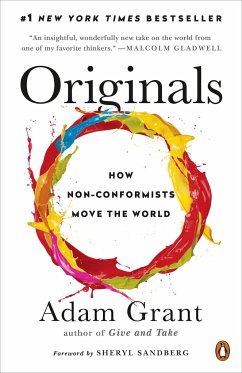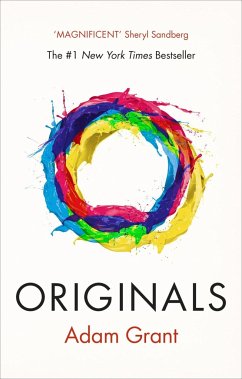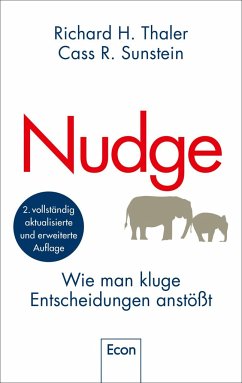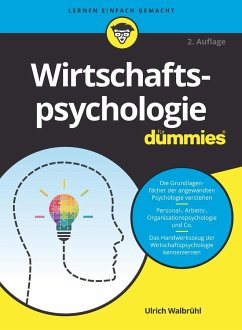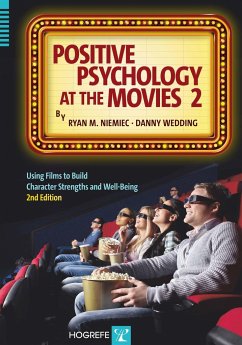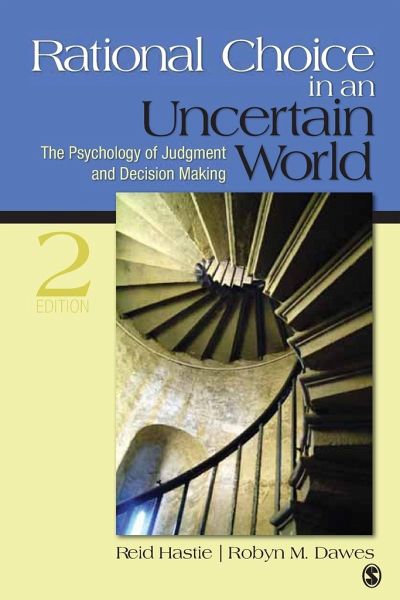
Rational Choice in an Uncertain World
The Psychology of Judgment and Decision Making
Versandkostenfrei!
Versandfertig in 6-10 Tagen
112,99 €
inkl. MwSt.

PAYBACK Punkte
56 °P sammeln!
In the Second Edition of Rational Choice in an Uncertain World the authors compare the basic principles of rationality with actual behaviour in making decisions. They describe theories and research findings from the field of judgment and decision making in a non-technical manner, using anecdotes as a teaching device. Intended as an introductory textbook for advanced undergraduate and graduate students, the material not only is of scholarly interest but is practical as well.The Second Edition includes:- more coverage on the role of emotions, happiness, and general well-being in decisions- a sum...
In the Second Edition of Rational Choice in an Uncertain World the authors compare the basic principles of rationality with actual behaviour in making decisions. They describe theories and research findings from the field of judgment and decision making in a non-technical manner, using anecdotes as a teaching device. Intended as an introductory textbook for advanced undergraduate and graduate students, the material not only is of scholarly interest but is practical as well.
The Second Edition includes:
- more coverage on the role of emotions, happiness, and general well-being in decisions
- a summary of the new research on the neuroscience of decision processes
- more discussion of the adaptive value of (non-rational heuristics)
- expansion of the graphics for decision trees, probability trees, and Venn diagrams.
The Second Edition includes:
- more coverage on the role of emotions, happiness, and general well-being in decisions
- a summary of the new research on the neuroscience of decision processes
- more discussion of the adaptive value of (non-rational heuristics)
- expansion of the graphics for decision trees, probability trees, and Venn diagrams.






